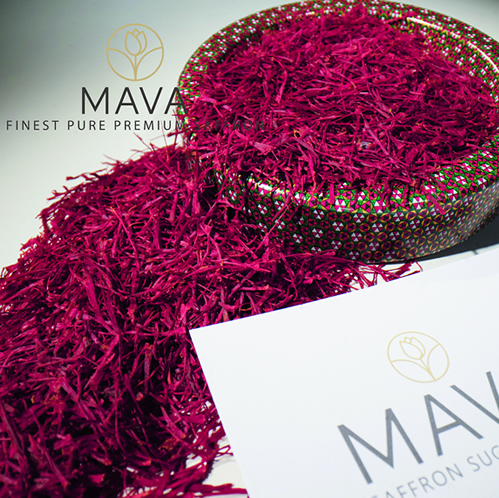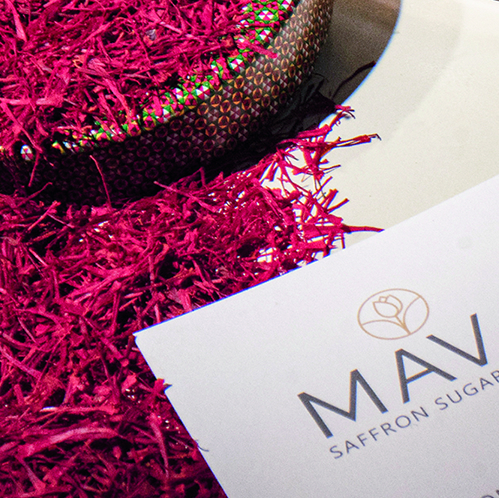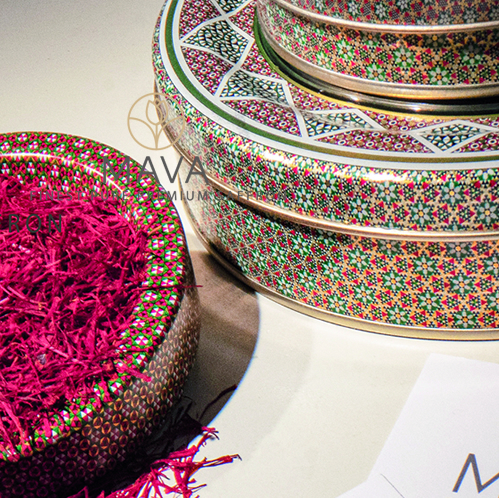Selection of High-Quality Saffron Corms
The foundation of a successful saffron cultivation lies in choosing superior saffron corms. Select corms that are large and healthy, with no signs of disease or damage. Opt for corms with a higher number of flowering buds, as this indicates a stronger likelihood of yielding more saffron flowers.
Soil Preparation
Saffron thrives in well-draining, loamy soil with a pH level between 6.0 and 8.0. Prepare the soil by removing debris, rocks, and any weeds that may hinder the growth of saffron. Incorporate organic matter, such as compost or well-rotted manure, to enrich the soil and promote optimal growth.
Planting Technique
Plant your saffron corms in late spring or early summer, allowing them enough time to establish their root systems before the flowering season begins. Dig small holes, around 10-15 cm deep and 10-15 cm apart, ensuring that each corm is positioned with its pointed end facing up. Cover the corms with soil, firming it gently.
Irrigation and Watering
Saffron requires adequate moisture, particularly during its growing phase. However, excess moisture can lead to corm rot. Water your saffron plants moderately, ensuring the soil is evenly moist but not waterlogged. Avoid overhead irrigation and opt for drip or furrow irrigation to minimize water wastage.
Fertilization
To enhance the growth and productivity of your saffron crop, provide them with a balanced fertilizer that is rich in nitrogen, phosphorus, and potassium. Apply the fertilizer in early spring and again after flowering, following the manufacturer's instructions. Excessive fertilization can lead to reduced flowering, so it's crucial to maintain the right balance.
Pests and Diseases Management
Regularly monitor your saffron plants for any signs of pests or diseases. Common pests include aphids, thrips, and spider mites, while fungal infections like corm rot and root rot can affect the crop's health. Employ organic pest control methods, such as neem oil or homemade insecticidal soap, and promptly treat any disease outbreaks with suitable fungicides.
Harvesting
Saffron flowers bloom for only a brief period, with each flower producing just three delicate crimson stigmas—the valuable saffron threads. Harvest the flowers early in the morning when they have fully opened. Gently pluck the stigmas from the flowers using your fingers and carefully dry them in a well-ventilated area away from direct sunlight. Store the dried saffron threads in airtight containers away from heat and moisture.
Saffron cultivation is an art that requires patience, attention to detail, and adherence to best practices. By implementing the techniques mentioned above, you can significantly improve saffron yield, quality, and ultimately enhance your saffron farming experience. Remember to maintain proper soil conditions, monitor irrigation, fertilize wisely, and promptly address any pest or disease threats. With the right approach, you can savor the rewards of this precious spice and unlock its full potential in your saffron fields.
The Art of Cultivating Premium Saffron: Best Practices for Success
Saffron, the golden spice renowned for its delicate flavor and vibrant color, has captivated the culinary world for centuries. Cultivating premium saffron requires skill, patience, and adherence to best practices. From selecting high-quality corms to harvesting the precious threads, every step in the saffron cultivation process plays a crucial role in ensuring a bountiful yield of the finest saffron spice.
Selection of Superior Saffron Corms
The foundation of a successful saffron cultivation lies in choosing superior saffron corms. Opt for corms that are large and healthy, free from any signs of disease or damage. A higher number of flowering buds on the corms indicates a stronger likelihood of yielding more saffron flowers. By selecting the right corms, you can set the stage for a thriving saffron crop.
Planting Technique for Success
Timing is crucial when it comes to planting saffron corms. Plant them in late spring or early summer, allowing enough time for the corms to establish their root systems before the flowering season begins. Dig small holes, approximately 10-15 cm deep and 10-15 cm apart, ensuring that each corm is positioned with its pointed end facing up. Cover the corms with soil, firming it gently to provide stability.
Irrigation: Moisture Management
Saffron plants require adequate moisture, particularly during their growing phase. However, excess moisture can lead to corm rot and other issues. It is essential to strike the right balance. Water your saffron plants moderately, ensuring that the soil is evenly moist but not waterlogged. Overhead irrigation should be avoided to minimize water wastage. Drip or furrow irrigation systems are recommended to deliver water efficiently to the plants' root zones.
Harvesting: The Precious Crimson Threads
Saffron flowers bloom for only a brief period, with each flower producing three delicate crimson stigmas—the valuable saffron threads. Harvesting saffron requires precision and a keen eye. Early morning, when the flowers have fully opened, is the ideal time for harvest. Gently pluck the stigmas from the flowers using your fingers and carefully dry them in a well-ventilated area away from direct sunlight. Store the dried saffron threads in airtight containers, protecting them from heat and moisture to preserve their flavor and aroma.
Cultivating premium saffron is an art that requires dedication, attention to detail, and adherence to best practices. By implementing the techniques mentioned above, you can significantly improve saffron yield, quality, and ultimately enhance your saffron farming experience. Maintaining proper soil conditions, monitoring irrigation, fertilizing wisely, and promptly addressing any pest or disease threats are crucial steps towards success.



